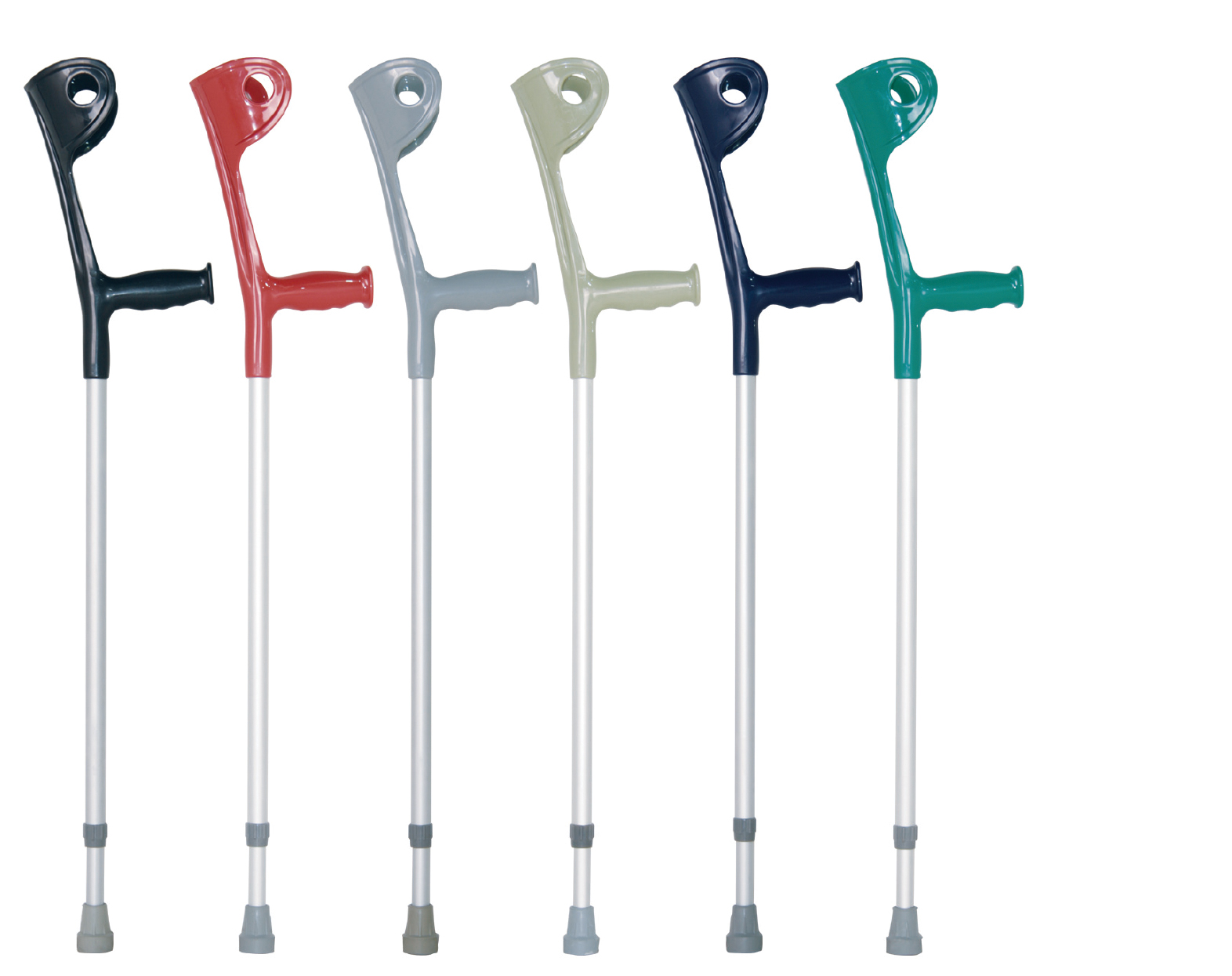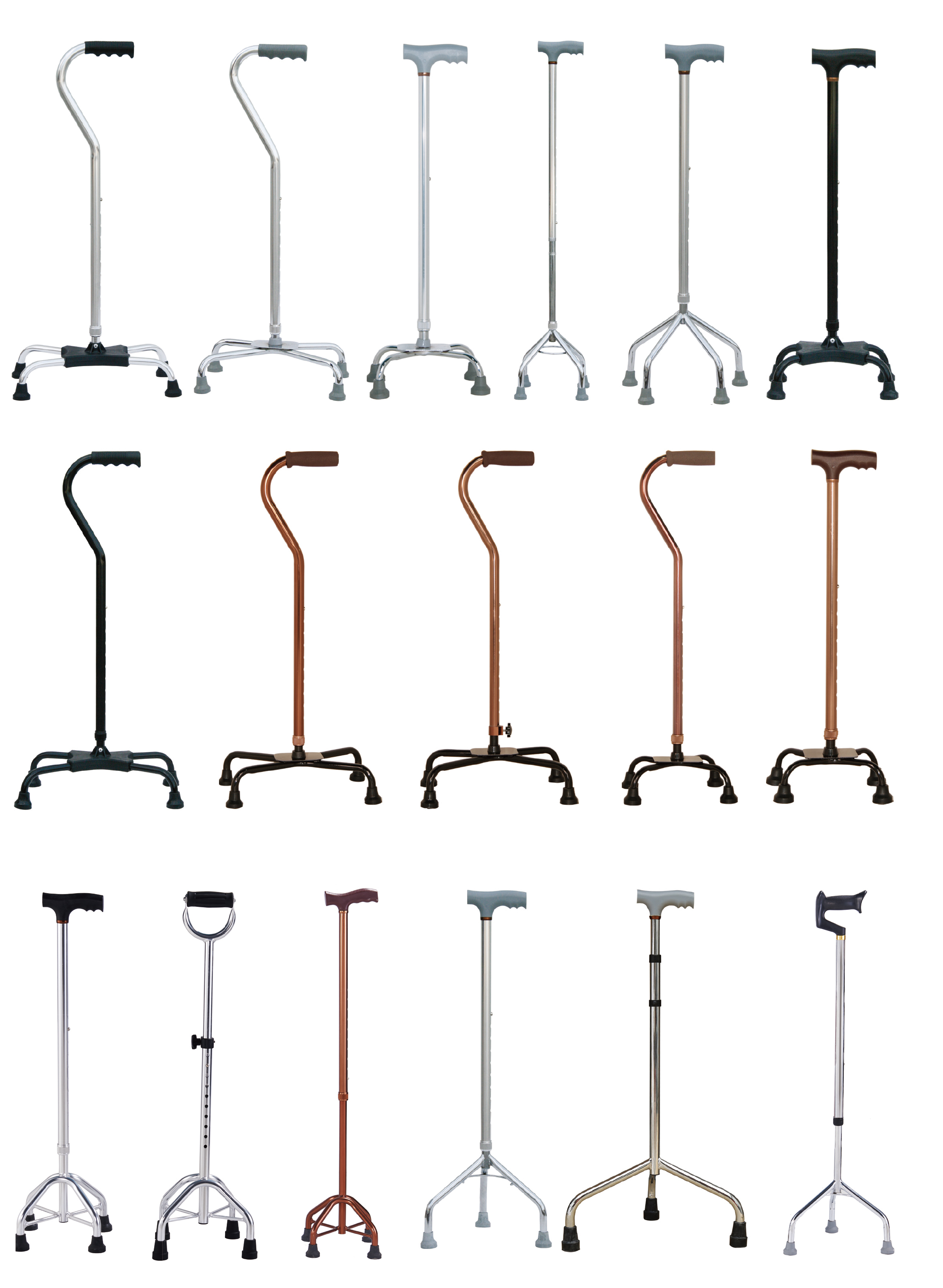Something we need to know when using a Crutch
Many elderly people have poor physical condition and inconvenient actions. They need support. For the elderly, crutches should be the most important items with the elderly, which can be said to be another “partner” of the elderly.
A suitable crutch can give the elderly a lot of help, but if you want to choose the right crutch, there are many places to pay attention. Let’s take a look.
There are many different wheelchair options available on the market for seniors with limited mobility. With a little research, a new chair can greatly enhance the independence of the user and improve their quality of life.
1. The most commonly used crutches for the elderly in hand, which can improve the balance by deepening the support surface, can reduce the weight of the lower limbs by 25%, divided into standard single -footed sticks and four -legged sticks. Standard single -footed sticks are lightweight, and the stability is slightly lacking, while the four -footed sticks are stable, but the support surface is wide, and it is inconvenient to go up and down the stairs. Suitable for mild osteoarthritis, mild balance problems, and lower limb injury.
2. The Forearm Crutch is also known as Lofstrand Crutch or Canadian Crutch, which can reduce the weight of 70% of the lower limbs. The structure includes a forearm sleeve and a handle on a straight stick. The advantage is that the forearm cover can make the use of the hand unlimited and easy to adjust. It allows functional climbing activities. Stability is not as good as armpits. It is suitable for unilateral or bilateral lower limb weakness, and the lower limbs cannot be loaded after surgery, and those who cannot walk alternately on their left and right feet.
3. The axillary crutches are also called the standard crutch. Most commonly used by patients with hip, knees, and ankle fractures, which can reduce the weight of the lower limbs by 70%. The advantage is to improve balance and side stability, provide functional walking for limited loaders, easy to adjust, can be used for climbing staircase activities, and side stability is also better than the forearm cr. The disadvantage is that it requires three points to support when using the axillary. It is inconvenient to use it in a narrow area. In addition, some patients tend to use armpit support when using the armpit, so it may cause damage to the armpit nerves. The scope of the axillary turning is the same as that of the forearm.
For doctors in the Division of Rehabilitation, what we encourage the patient have the treatment while walking. When patients need to use crutches to help walking during the rehabilitation period, the method of using crutches requires learning. Let’s talk about a large principle first. When walking alone, the crutches must be mastered by the opposite side of the sick leg. This is usually ignored by patients and family members, causing bad consequences.
When using a crutch, there are two precautions that need to be emphasized: the weight of the body should be pressed on the palm instead of the armpit. If the upper limbs are insufficient, it is not recommended to use a walker or wheelchair; Lower the potential risk of fall for elderly are such an important course.
Post time: Aug-29-2022






